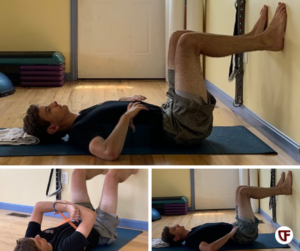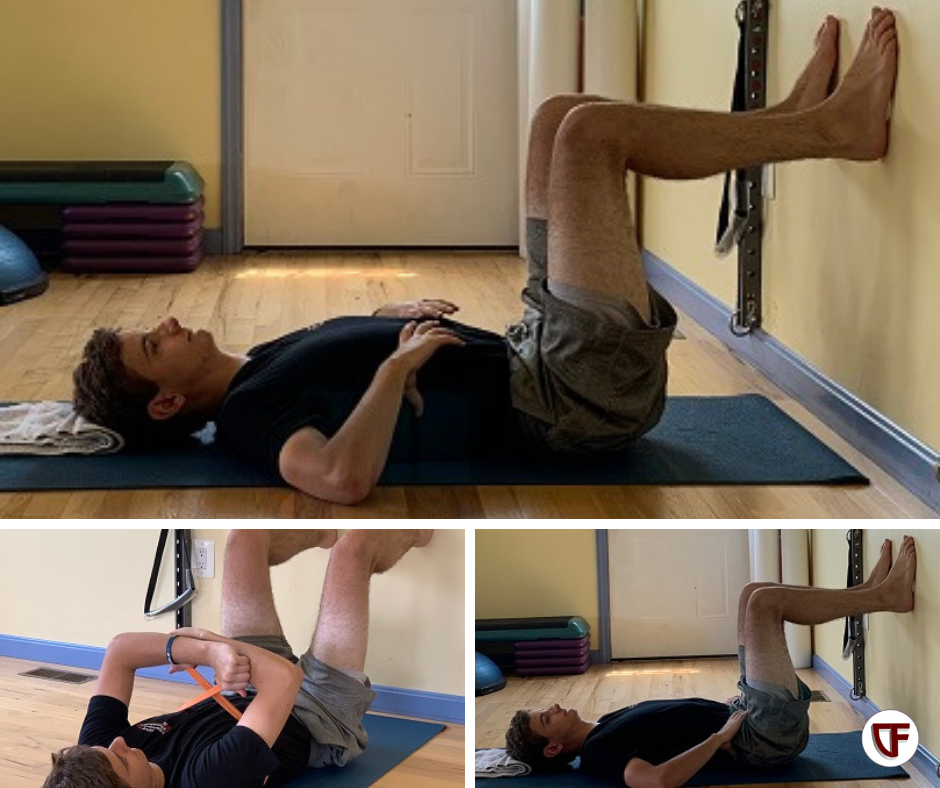Boost Thoracic Mobility with 3D Breathing

If you’re someone who experiences stiffness in your upper back, neck, or shoulders, then you’re going to want to know about a deceptively simple, effective tool for relief: deep, intentional breathing.
Why Thoracic Mobility Matters
Thoracic mobility—essentially the flexibility and movement of
your upper back—is key to everything from good posture to efficient athletic performance and walking. When our thoracic spine is too tight or rigid, it restricts our range of motion and can lead to compensations in other parts of the body, like the neck and shoulders or structures from the waist down. This restriction can limit you, even in everyday movements, like reaching for something or twisting to look behind you when you are driving.
The Missing Link? Breath
When we don’t breathe fully, our bodies naturally rely on secondary muscles to help—specifically, muscles around the chest, shoulders, and neck. Over time, these areas get tight and overworked, further locking us into a cycle of restriction. To truly unlock thoracic mobility, we need to address how we breathe. (You probably also need to release some of those restricted muscles, but that's for another blog post).
Enter 3D Breathing: A Game-Changer for Mobility
Three-dimensional breathing is a focused breathing technique that engages your entire rib cage. Unlike shallow breathing that only fills the top portion of our lungs, 3D breathing sends air all the way from the tip of the lungs (around the first rib) to the pelvic floor, creating a deep expansion in the chest, back, and sides. This not only helps relax those secondary muscles but also encourages your rib cage and thoracic spine to open up and move more freely.
How to Practice 3D Breathing:
Top to Bottom: Picture your breath filling from the top of your long to your pelvic floor.
Side to Side: Imagine your rib cage expanding outwards, as if your ribs are handles of a bucket, lifting and widening. You could also place a band here to help feel the breath.
Front to Back: Visualize each breath expanding your chest and back. Visualize the breath pushing into the floor.
Want more information check out the video.
Try This Simple Thoracic Rotation Exercise with Breath
Here’s a quick exercise to try. It combines 3D breathing with gentle thoracic rotation to enhance mobility:
Self-Check: Sit upright, feet flat, and slowly rotate your upper body to one side come back to center. Now rotate to the other side. Pay attention to any tightness or restrictions.
Targeted Breathing: Pick the side where you felt more restricted, place opposite hand on the rib cage, and take three deep 3D breaths, directing the breath toward your hand. No video for this exercise.
Rotate and Repeat: Now you are going to add a slight rotation to the side of restriction on the exhale. (The video shows bilateral rotation). Repeat for 3-5 breathes. Always coming back to center on the inhale.
Self-Check: Repeat your self-check. Notice how much more freedom you feel in the previously restricted side.
Check out the video for a demonstration.
The Broader Benefits of Intentional Breathing
Beyond mobility, deep, intentional breathing has a ripple effect on many other aspects of health. It can help improve core stability, posture, and even mental focus. If you feel disconnected from your body when working out, 3D breathing can also foster greater body awareness, which can translate to increased mindfulness and improved movement quality in daily life.
Adding 3D breathing to your regular routine could make all the difference in how you feel throughout the day.
This small, mindful practice is a simple yet powerful way to support mobility and overall health.
Try it out and see how much more freely you can move!
